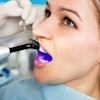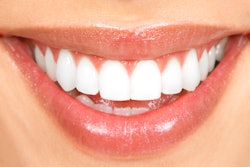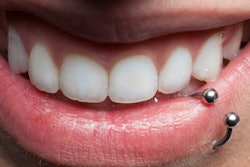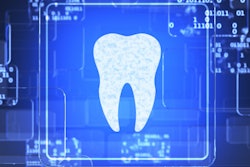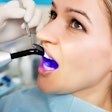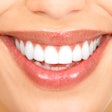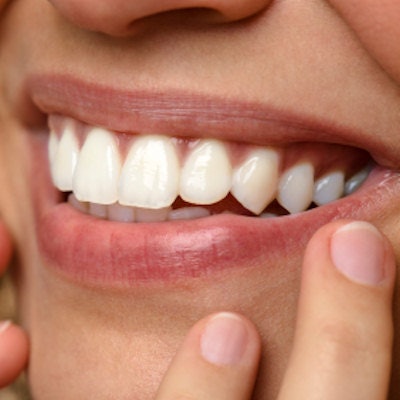
Evidence shows that people are judged on their appearance, whether we like it or not. But how much do advertisements influence what we think of as an ideal smile? Researchers analyzed the effects of priming on social judgments in a study published on October 22 in the Journal of Dentistry.
In past studies, people deemed to be attractive are often appraised as more popular, sociable, friendly, happy, and extroverted than others. This perception carries over to a person's smile, with the appearance of teeth drawing judgments about one's personality traits. Differences in tooth color, visible orthodontic appliances, and misalignment can all result in negative judgments.
At the same time, research has shown that mass media standards of beauty provoke dissatisfaction with one's outward appearance, especially with the proliferation of mass media and images of celebrity smiles. Researchers have seen an increase in dental aesthetics, including veneers and teeth whitening procedures.
Currently, there is no definitive explanation for this stereotypic behavior. The objective of the study was to explore the effects of making individuals think about their dental appearance on their social perceptions of others.
To conduct the study, participants were divided into two groups: one that watched a tooth whitening advertisement and one that watched a bread advertisement. Participants then rated three digitally modified photos of Caucasian adults on common social attributes, including friendliness, happiness, and success.
Both groups gave higher rankings to people with whitened teeth compared to those with natural and darkened teeth. However, the group that watched the whitening ad gave higher rankings for popularity, friendliness, success, intelligence, happiness, self-confidence, attractiveness, and satisfaction for all smile types.
"One reason for this could be the way media affects the psychological well-being," wrote the study authors, led by Sadhvi Shankar Subramanian of the University of Turku in Finland.
Interestingly, study participants associated natural dental appearance with greater satisfaction. However, satisfaction with whitened dental appearance was found to be higher in the group of participants who watched the tooth whitening advertisement compared to those who watched the bread advertisement.
"There is a possibility that the 'tooth-whitening advert[isement]' influenced the ideals pertaining to whitened teeth," the study authors wrote.
The study's authors hypothesize that some people gain insight as to how they should look by analyzing models in advertisements and comparing themselves to what they see.
"The almost universal exposure to idealised tooth appearance in the media may increase demand for aesthetic treatments," Subramanian and colleagues concluded. "Standardising the colour of the tooth plays a huge impact and making individuals to view a tooth whitening advert[isement] just prior to a procedure might influence patient choices."

